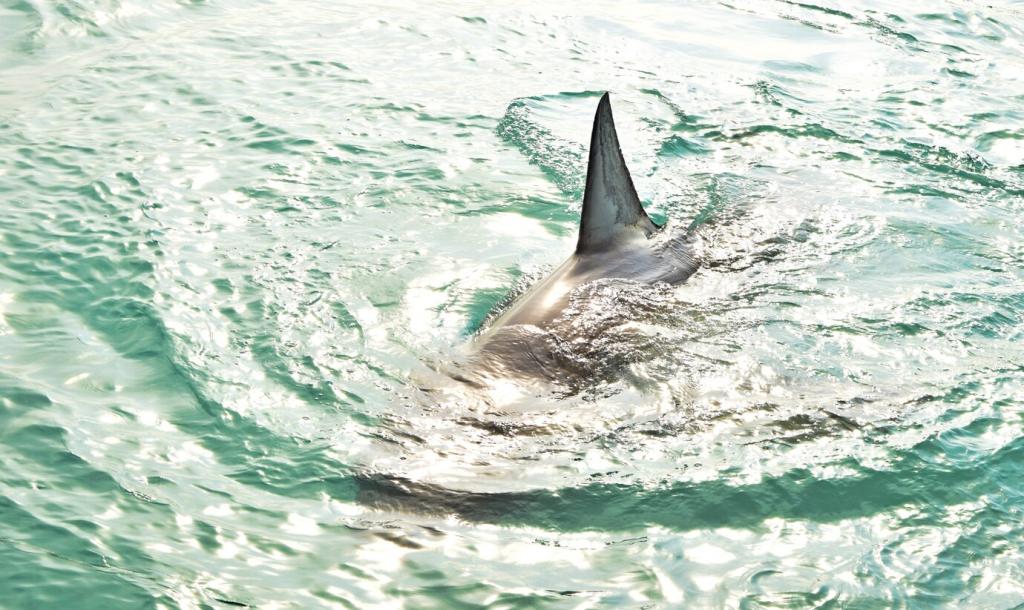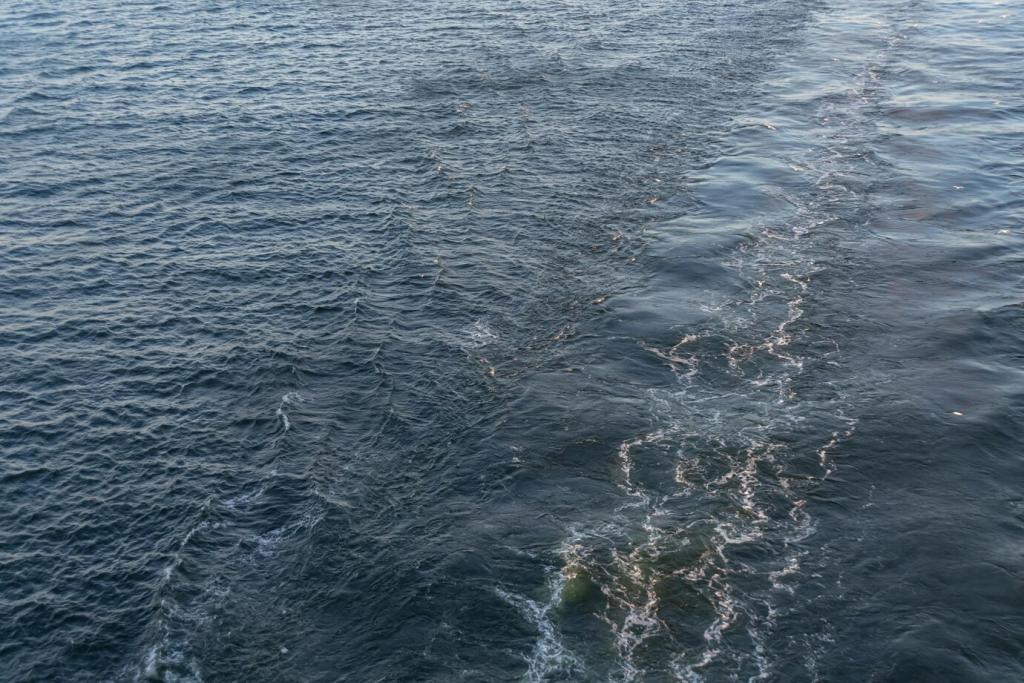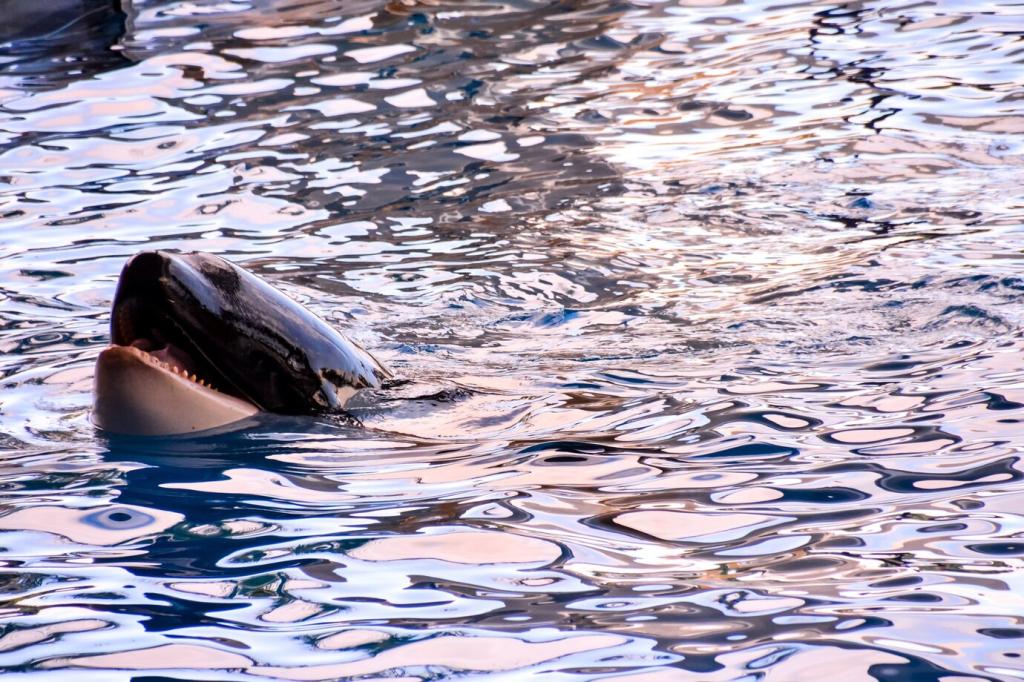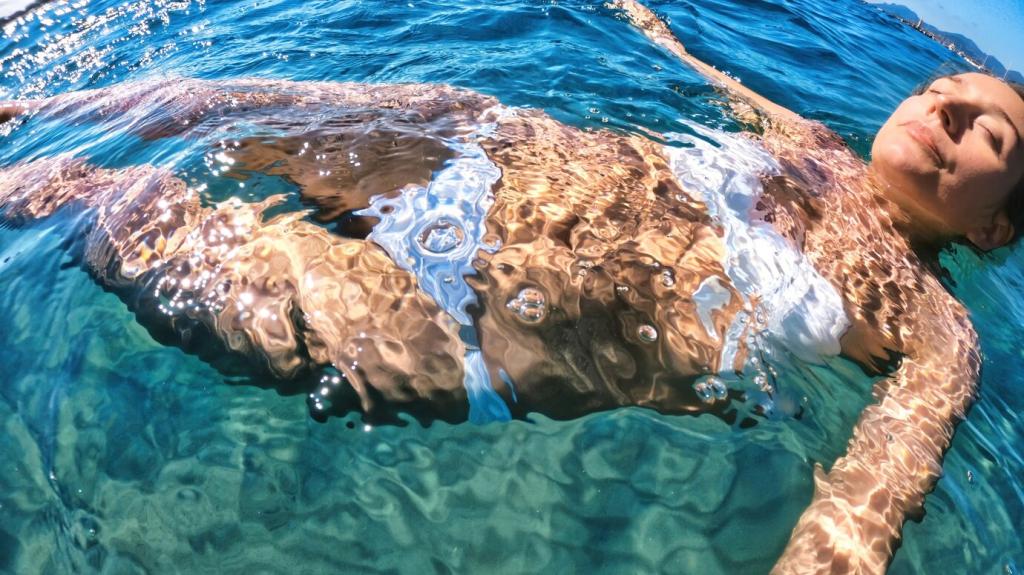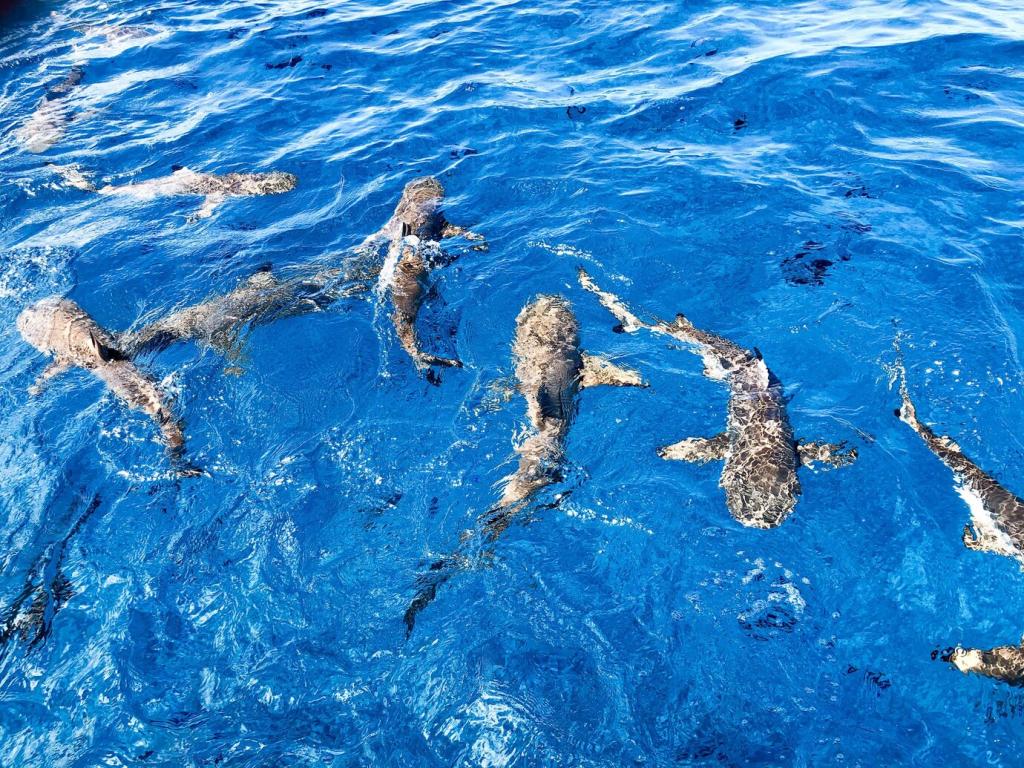Taper and Peak: Arriving Sharp, Fresh, and Fast
Trim volume 30–50% while preserving race-pace efforts and starts. Keep rest generous and quality high. Use morning heart-rate checks and mood tracking to guide daily tweaks. Tell us your favorite taper set that leaves you buzzing but not drained.
Taper and Peak: Arriving Sharp, Fresh, and Fast
Short, crisp reps with perfect skills beat sloppy yardage. Practice exact stroke counts, breakout distances, and finish timing. One backstroker gained confidence by rehearsing the last 15 meters with eyes closed, then opening on the flags for precision.

